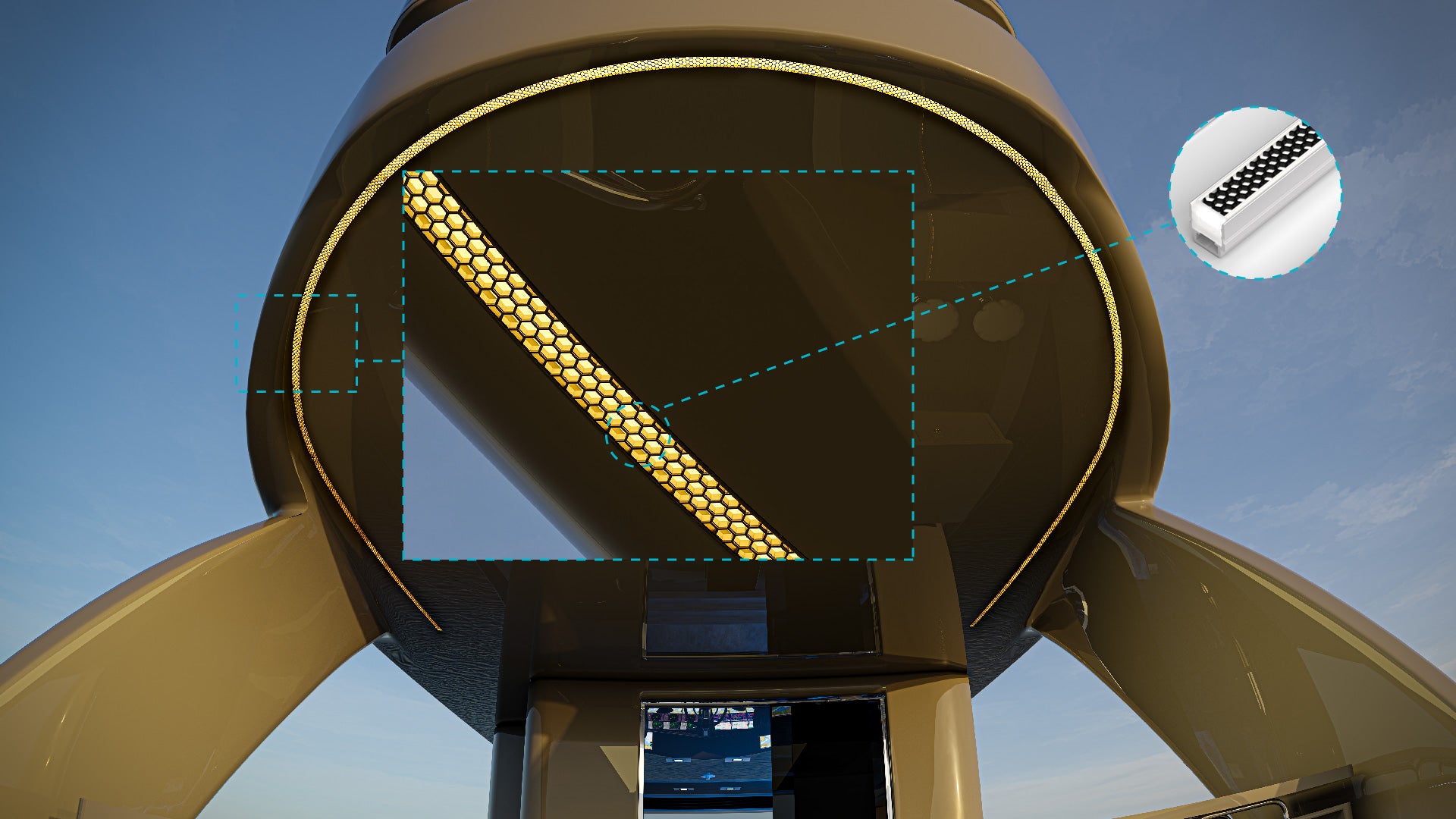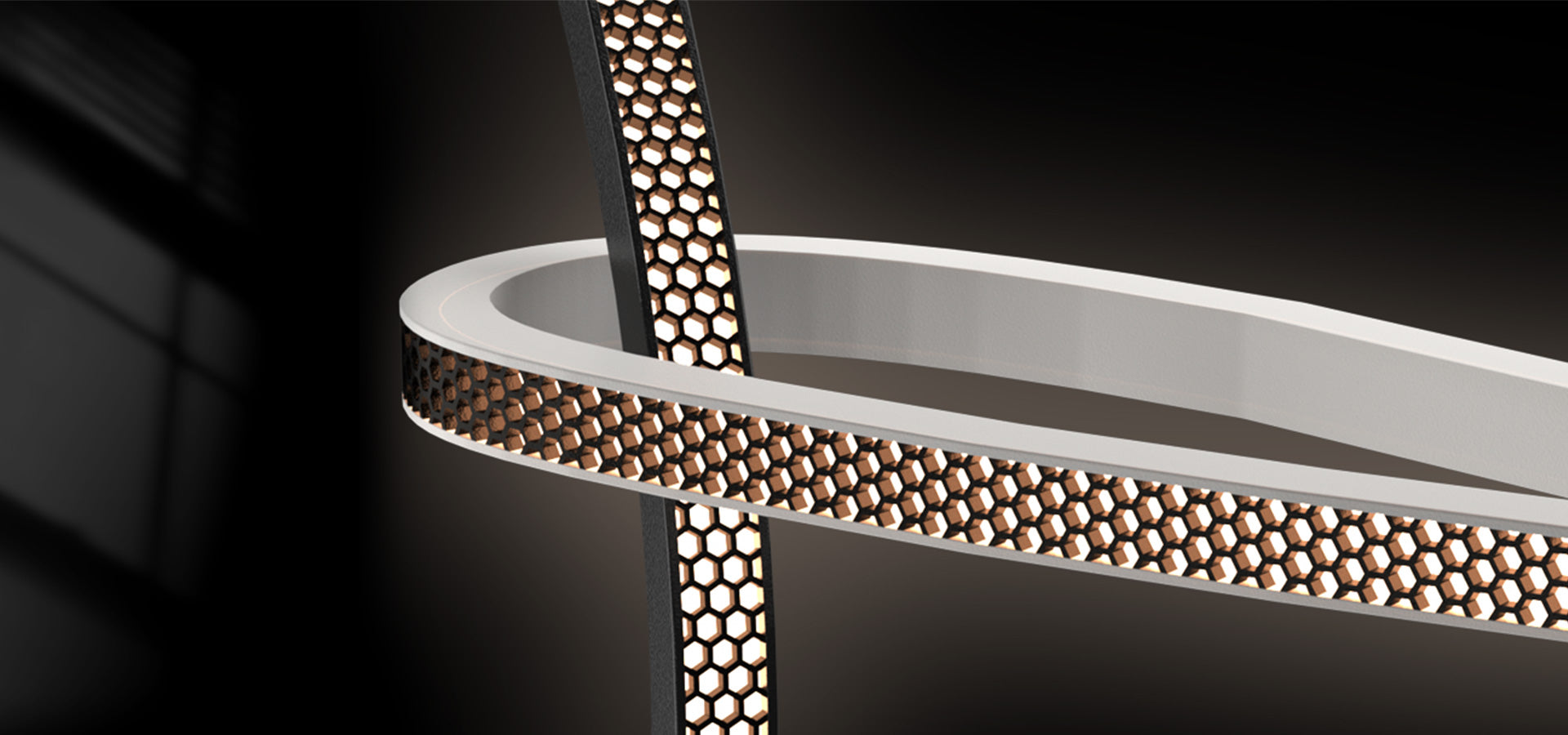What is Amperage (Amps)?
Amperage, often referred to as current and measured in amps (A), is the flow rate of electric charge in a circuit. In the context of boat lighting and electrical systems, amperage indicates how much current a device draws from the power source to operate. It’s a crucial factor to consider when designing and managing a boat’s electrical system because excessive current draw can lead to overheating, circuit damage, or even electrical fires if wiring and components are not adequately rated. Understanding amperage helps boat owners ensure that all electrical devices onboard run safely and efficiently.
How Amperage Plays an Important Role in your Lighting Systems
Amperage requirements vary across different devices on a boat. For example, high-power equipment like motors or winches draw significantly more amps than smaller devices like LED lights or navigation instruments. Calculating the total amperage drawn by all devices on board is essential for determining the appropriate wire gauge, fuse sizes, and battery capacity. Exceeding the amperage capacity of a circuit can lead to tripped breakers or blown fuses, which protect the system by interrupting the current flow when it becomes too high. Matching the circuit’s amperage rating with the devices’ requirements helps prevent overloads and extends the life of the electrical system.
Amperage also plays a key role in power consumption and battery management on boats, especially those reliant on limited battery capacity. Higher-amperage devices consume more power, which can quickly drain batteries on long trips. For example, LED lighting is often preferred on boats because it draws fewer amps than traditional incandescent bulbs, making it more energy-efficient and conserving battery life. By understanding the amperage needs of various devices, boaters can prioritize energy-efficient options and better manage power reserves, an important consideration on extended journeys or when anchored without access to shore power.
The Relationship between Voltage, Amperage, and Wattage
When planning an electrical setup, understanding the relationship between voltage, amperage, and wattage is essential for achieving optimal performance and safety. The equation Watts = Volts × Amps can help boat owners determine how much current a device will draw at a given voltage, which is useful when calculating total power requirements. This relationship also aids in selecting compatible batteries, chargers, and inverters to match the amperage demands of the boat’s devices. Managing amperage effectively ensures that the boat’s electrical system operates smoothly and minimizes the risk of electrical issues, helping boat owners enjoy safer and more efficient boating experiences.








